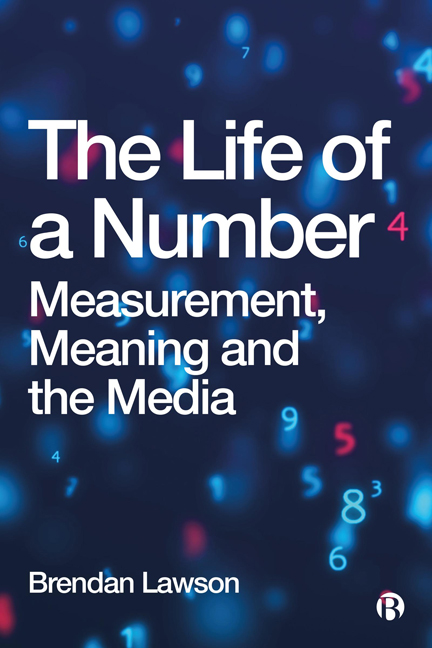Book contents
- Frontmatter
- Dedication
- Contents
- 1 Introduction
- 2 Data Bounds Are Reinforced by Policy
- 3 Quantitative Realism Underpins Data Bounds
- 4 Quantitative Realism Is Mathematical and Abstract
- 5 Desire for Data Bounds Underpins Quantitative Realism
- 6 Data Bounds Are Emotive
- 7 Data Boundaries Are Drawn Within Historical Norms
- 8 Critically Engaging with Data Bounds
- Afterword
- Notes
- References
- Index
1 - Introduction
Published online by Cambridge University Press: 18 January 2024
- Frontmatter
- Dedication
- Contents
- 1 Introduction
- 2 Data Bounds Are Reinforced by Policy
- 3 Quantitative Realism Underpins Data Bounds
- 4 Quantitative Realism Is Mathematical and Abstract
- 5 Desire for Data Bounds Underpins Quantitative Realism
- 6 Data Bounds Are Emotive
- 7 Data Boundaries Are Drawn Within Historical Norms
- 8 Critically Engaging with Data Bounds
- Afterword
- Notes
- References
- Index
Summary
The coronavirus pandemic has resulted in a deluge of data: deaths from coronavirus, viewing figures for conspiracy theory videos, unequal vaccine coverage, changes in Gross Domestic Product (GDP), the list goes on. While much of this data has been useful in understanding and dealing with COVID-19, there has been a noticeable excess. This has flowed into the so-called ‘post-pandemic’ world, where numbers burst from the seams of public discourse. Experts constantly update us with newfangled metrics, politicians point to the latest iteration of international league tables and journalists report on a dizzying volume of data. We need to step away from this daily churn of the quantitative and ask: what does this data actually mean?
Some approach this effort as a technical exercise. During the pandemic, Tim Harford's More or Less show on BBC Radio 4 provided an excellent weekly dive into salient numbers. The team applied statistical rigour to certain factoids, helping them to detect the pitfalls of small sample sizes, the role of nefarious categorization for political ends and how experts would communicate misleading conclusions from the data (see More or Less (2021) for an example). This was undoubtedly important work. It allowed the public to navigate the sea of data that was flowing their way.
But it often erred on the side of ‘if only they conducted the right statistical test, these numbers would not be a problem’. This meant that they missed a certain something about how numbers gained meaning in society. Quantitative facts are not just the result of mathematical and statistical processes. They are characterized by complexity and paradoxes: at once scientific and ideological, empowering and discriminatory, precise and uncertain, objective and subjective, emotive and informative, truthful and deceptive, fixed and malleable.
To untangle this complexity, I argue that we must begin by accepting two premises. First, we need to pay attention to the way mathematics and statistics combine with politics, culture, technology and economics. The technical process of producing a number – collecting data, cleaning it and analysing it – cannot be divorced from the context within which this occurs.
- Type
- Chapter
- Information
- The Life of a NumberMeasurement, Meaning and the Media, pp. 1 - 17Publisher: Bristol University PressPrint publication year: 2023



